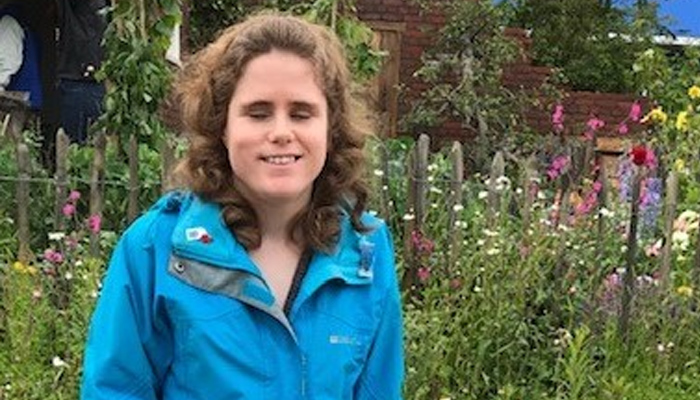How to build a story bag
If your child is blind or partially sighted, story bags, sacks or boxes are an important tool when it comes to adding meaning to the story and engaging your child in the activity.
What is a story bag?
Story bags sit alongside your child’s book and contain tactile objects that relate to the story. As you read the words, your child can physically hold objects, talk them through with you and bring a lot more meaning to the words. It will really help them with concept development and also make story time even more fun and engaging. You can use a drawstring bag, tote bag, zip-up plastic envelopes, pillow case, an old shoe box or canvas storage boxes. You can print off some large print words or braille some items to accompany the book. If the book has complex images that your child struggles to focus on, you could draw or print some simpler, high contrast images to use as an alternative. You will most likely find items to fill your bag with around the house and it doesn’t need to be expensive! You should also be able to borrow story sacks from your local library so it is worth enquiring as to what is available.
If you have one of our Sensory Discovery Packs these items are perfect to include in story time. You already have a soft toy to represent an animal or toy in a story, a chiffon scarf to explore a texture or wind, a shaker and the space blanket for sound effects and light-up toys for any night time stories.
Explore the links below for ideas and inspiration to start putting together your own bags

Finding inspiration online
If you have a favourite story and you’re looking for inspiration you’ll find lots of ideas across craft and parenting blogs. Here are a couple we found to get you started!
Story Sacks – Ideas and Play
These story sack ideas from Busy Busy Learning incorporate lovely sensory play elements!
Sensory story telling spoons
The Imagination Tree share this lovely twist on sensory story aids using wooden spoons.
https://theimaginationtree.com/sensory-storytelling-spoons-were-going-on-a-bear-hunt/
Videos introducing ideas around story bags and boxes
Using tactile resources to support visually impaired children’s reading skills
This video from Sight Scotland introduces story boxes and tactile books.
How to create sensory story resources for pupils with sight loss
Tips for educators on the Sight Scotland YouTube channel
Making play inclusive – sensory stories
Sense talk you through using sensory items to bring ‘Toddle Waddle’ to life.
Story boxes for the blind and vision impaired
The CSDB YouTube channel explains story boxes and how they can be used with students who are vision impaired.
Room on the Broom Story Sack
Early Childhood and Family Services demonstrate how you can make a story sack at home.









